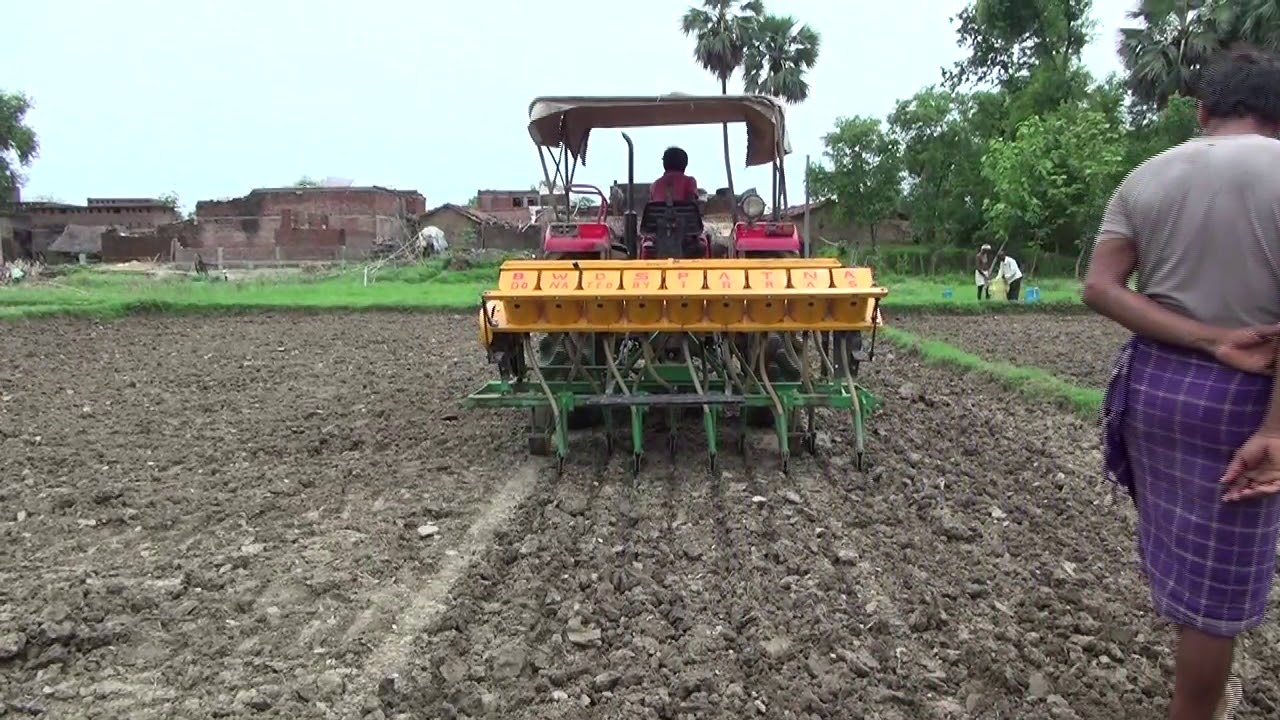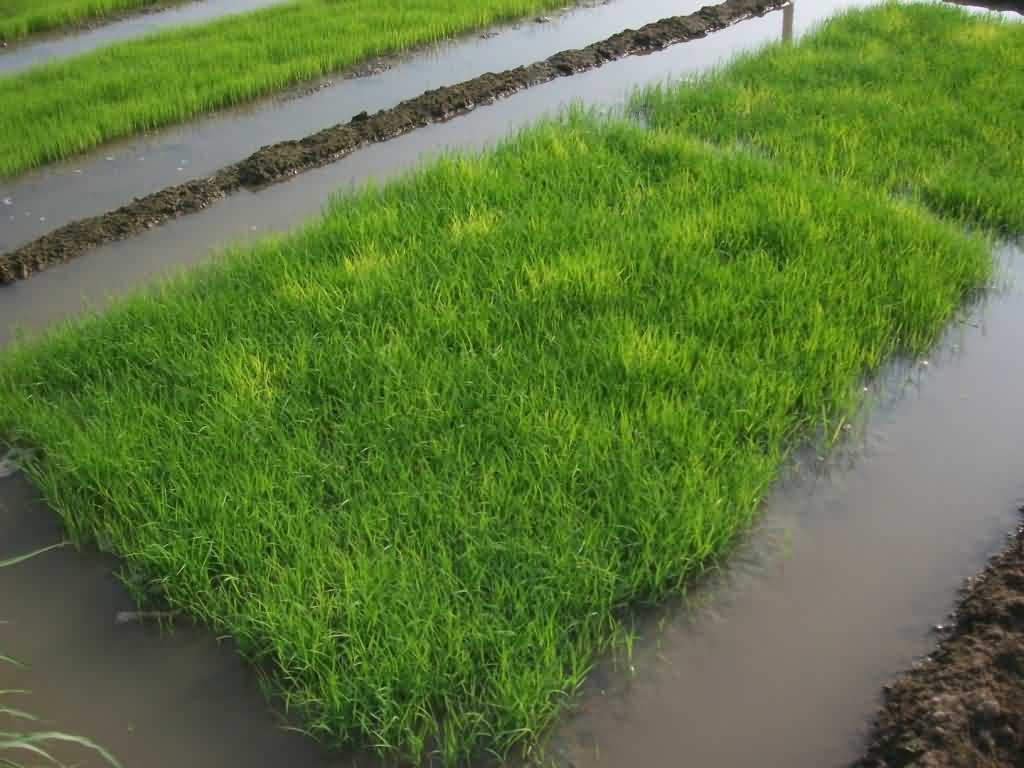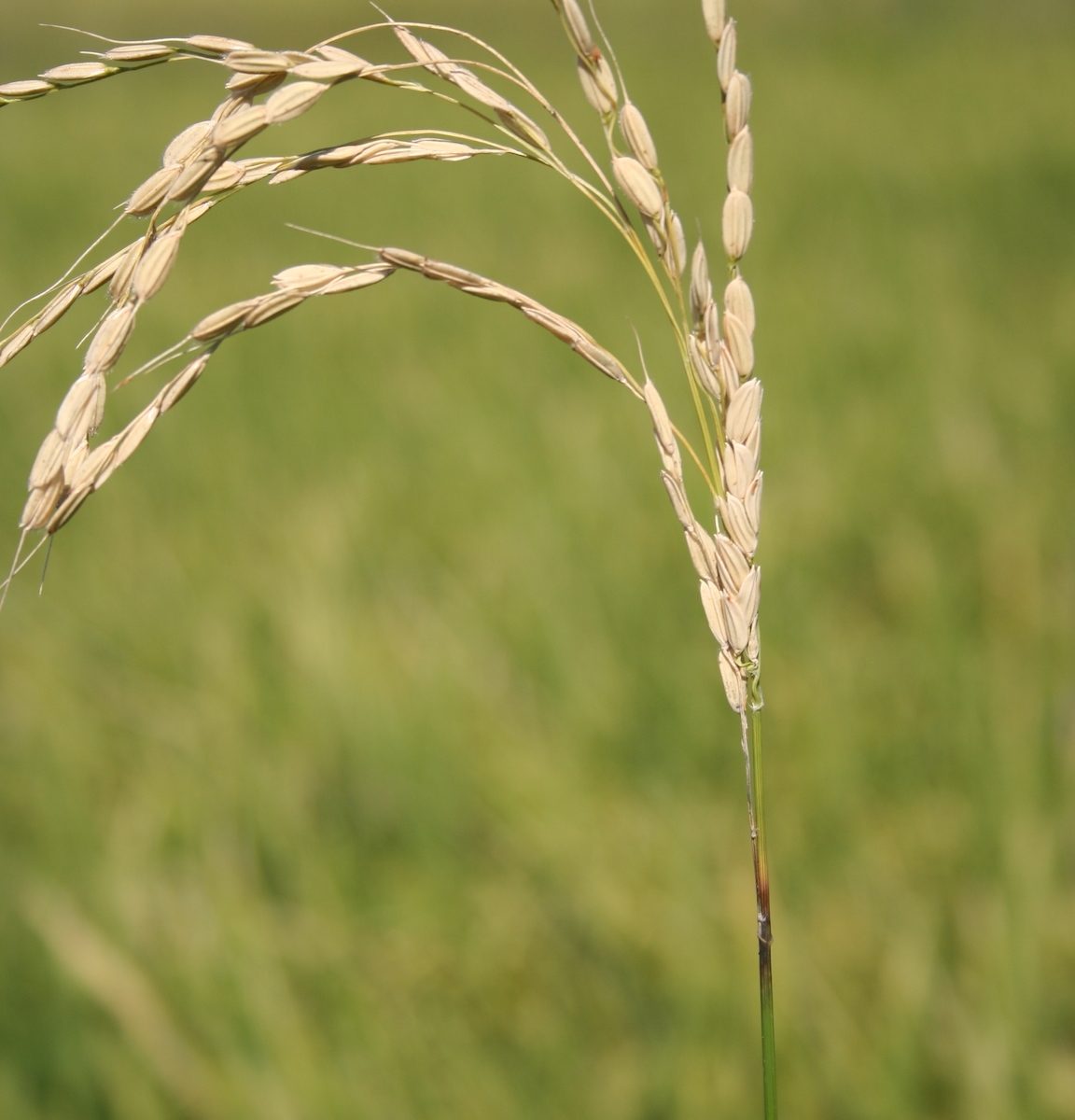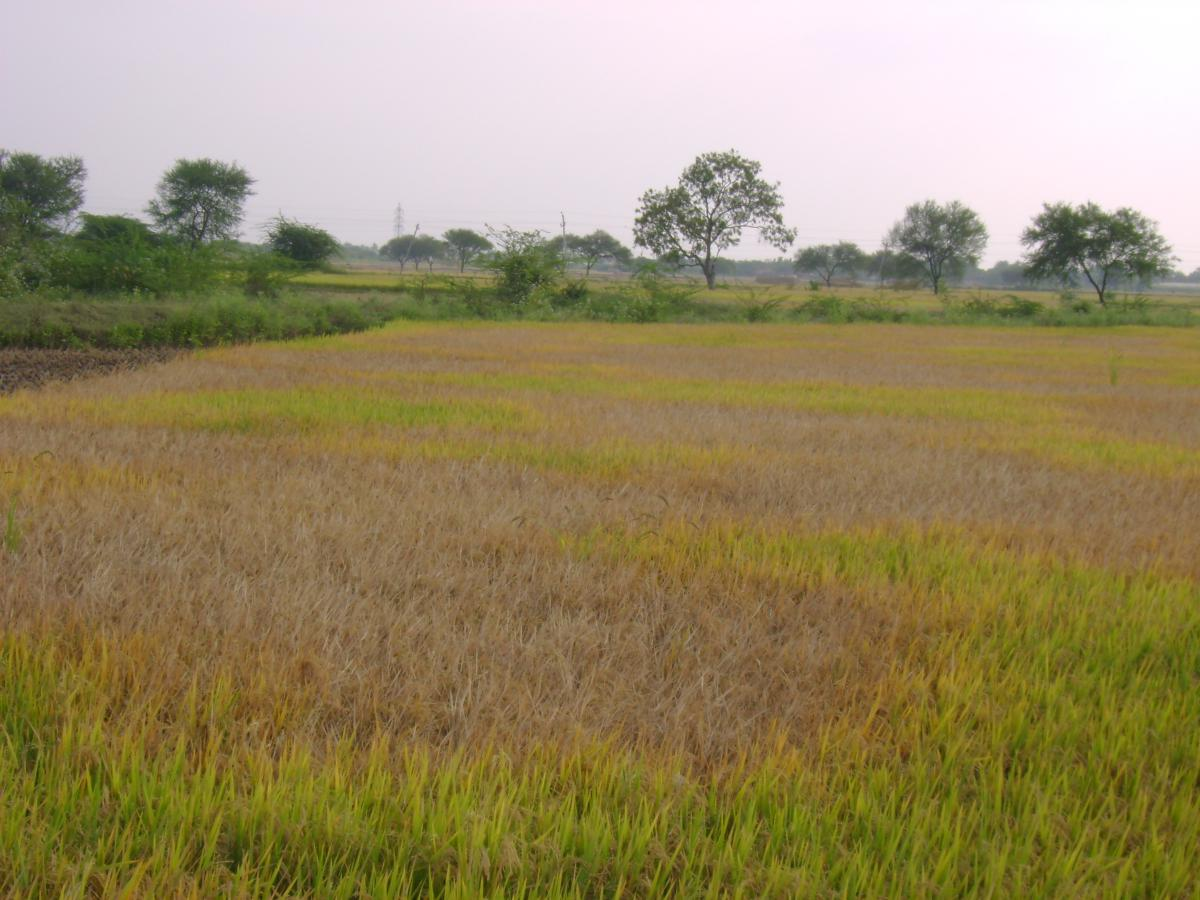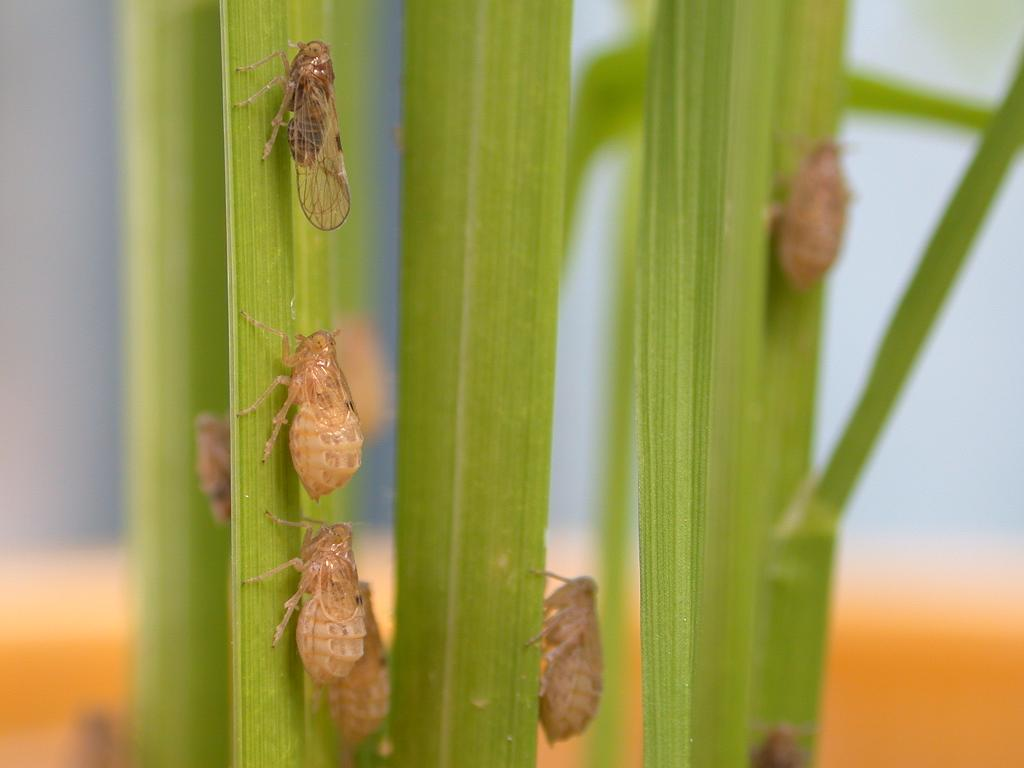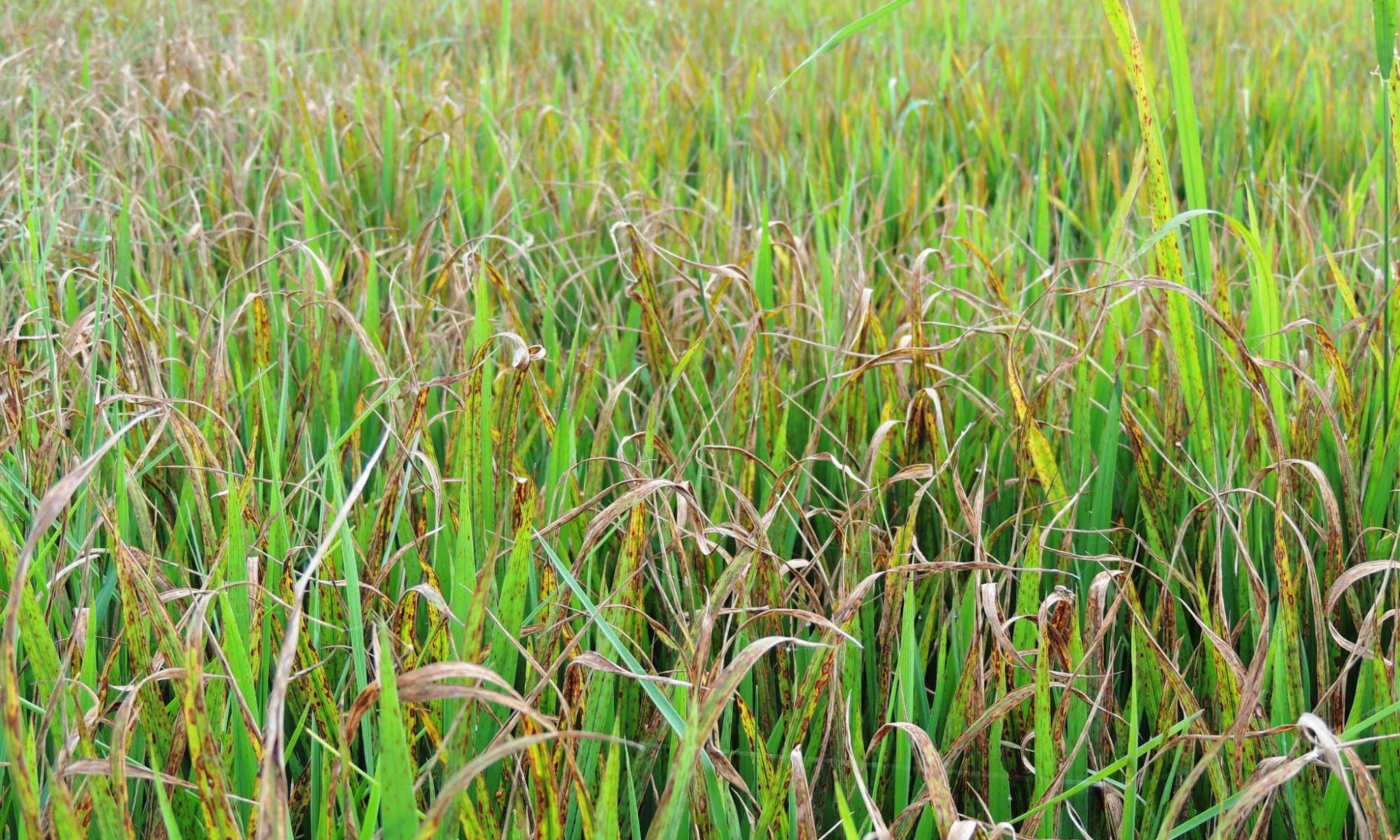- Direct sowing of paddy is done with zero till machine using non-selective weeding as per requirement in the fields with or without plowing with as per the required moisture.
- Sowing of paddy must be done before the onset of monsoon (15-20 June), so that the plant is not affected by more moisture or waterlogging later. For this, firstly by giving light water to the field, if proper moisture comes, sowing should be done with light tillage or without a tillage machine
- In this method, 10-15 kg. Seeds per acre Sufficient for sowing with this method The cost of growing paddy nursery is saved..
- In this way, weeding should be done before sowing the paddy.
Selection of nursery area and preparation of nursery for paddy crop
- For preparing healthy and disease-free plants, proper drainage and high nutrient loamy soil is suitable and select the nursery near the source of irrigation.
- By plowing the nursery area 3-4 times in summer and leaving the field empty so soil-related diseases are greatly reduced.
- Nursery preparations are done one month before sowing. Weeds should be allowed to grow in the nursery area by giving water at an interval of 15 days and by plowing or
- Destroy the weeds by spraying nonselective weeds such as Paraquat dichloride 24% SL or Glyphosate 41% SL @ 1000 ml per acre. By doing this weeds will also be reduced in the main crop of paddy.
- Add 1 kg of composting bacteria to 50 kg FYM. Then irrigate the field and keep water in the field for two days.
- 1.5-2.0 meter width and 8-10 meter length should be kept for proper care of the nursery beds. The nursery requires an area of 400 square meters for 1 acre.
- In the nursery, the crop requires proper vegetative growth as well as root development. Spray urea 20 kg + humic acid in 3 kg per acre nursery.
- Sowing of paddy should be started as soon as the rain starts. Sowing time is best from mid-June to the first week of July.
Control of Neck Blast in Paddy
- Tricyclazole 75 % WP @ 120 g/acre. or
- Kasugamycin 5% + Copper Oxychloride 45% WP @ 300 g/acre or
- Thiophanate methyl 70% Wp @ 250 g/acre
Like and share with other farmers by clicking on button below
ShareNeck Blast of Paddy
- Rice blast is one of the most destructive diseases of rice. Because neck and node blast affects the panicle directly, yield losses in affected plants are very high.
- Node infection occurs in a banded pattern.
- Lesions on the node are blackish to grayish brown.
- Infected nodes can cause the culm or the part of the plant that holds the panicle to break.
- Lesions on the neck are grayish brown and can cause girdling, making the neck and the panicle fall over.
- If the infection of the neck occurs before the milky stage, no grain is formed, but if infection occurs later, poor quality grains are formed.
- Neck and node blast can also cause whiteheads or white panicles, similar to stem borer infection.
Control of brown plant hopper in paddy crop
- Acephate 75% SP @ 300 gm/acre (or)
- Chlorpyriphos 20% EC @ 500 -1000 ml/acre (or)
- Carbofuran 3 G @ 7.5 kg/acre.
Like and share with other farmers by clicking on the button below
ShareBrown plant hopper in Paddy crop
- crescent-shaped white eggs inserted into the midrib of the leaf sheath
- white to brown nymphs
- brown or white adults feeding near the base of tillers
- The feeding damage caused by planthoppers results in the yellowing of the plants.
- At high population density, hopper burn or complete drying of the plants is observed. At this level, crop loss maybe 100%.
Like and share with other farmers by clicking on the button below
SharePaddy Blast Symptoms
- Rice blast is one of the most destructive diseases of rice.
- A leaf blast infection can kill seedlings or plants up to the tillering stage.
- At later growth stages, a severe leaf blast infection reduces leaf area for grain fill, reducing grain yield.
- Initial symptoms appear as white to gray-green lesions or spots, with dark green borders.
- Older lesions on the leaves are elliptical or spindle-shaped and whitish to gray centers with red to brownish or necrotic border.
Like and share with other farmers by clicking on the button below.
Share
